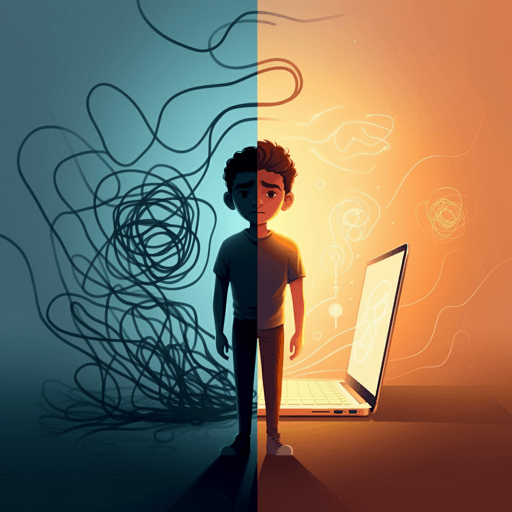
Psychology
Effectiveness of Unguided Internet-Based Cognitive Behavioral Therapy for Subthreshold Social Anxiety Disorder in Adolescents and Young Adults: Multicenter Randomized Controlled Trial
K. Matsumoto, S. Hamatani, et al.
A multicenter randomized trial found that a fully unguided, 10-session text-based self-help ICBT significantly reduced social anxiety, depression, and general anxiety in high school and university students with subthreshold SAD. The study, conducted by Kazuki Matsumoto, Sayo Hamatani, Kiko Shiga, Kiyoko Iiboshi, Makiko Kasai, Yasuhiro Kimura, Satoshi Yokota, Katsunori Watanabe, Yoko Kubo, and Masayuki Nakamura, points to a scalable early-support option for youth.
~3 min • Beginner • English
Related Publications
Explore these studies to deepen your understanding of the subject.







